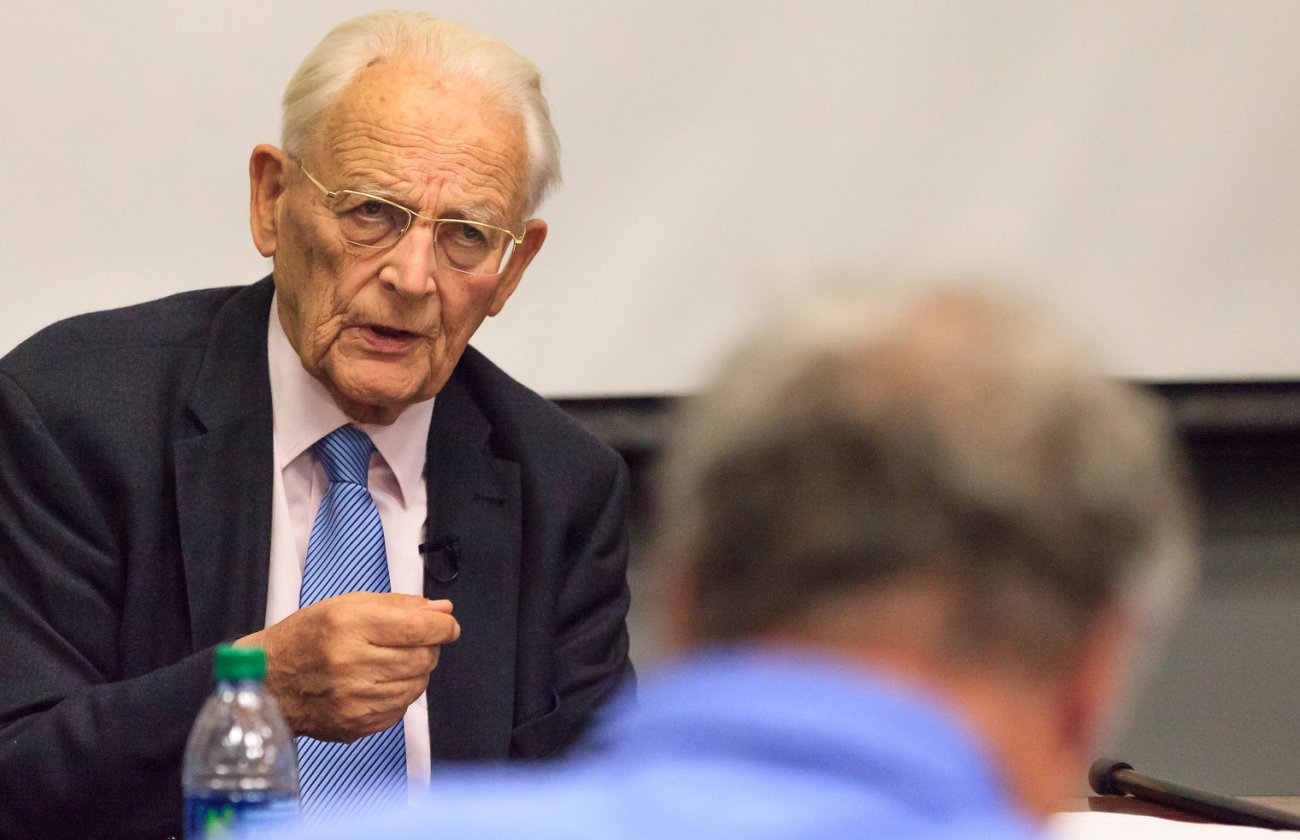The USC Annenberg Research Network for International Communication presented the new book "Comunicación Móvil y Desarrollo Económico y Social en América Latina," which focuses on the economic and social impact of cell phones in Latin America. The book includes case studies from Argentina, Brazil, Chile and Peru conducted by a team of USC Annenberg and international researchers that was led by communication professor and holder of the Wallis Annenberg Chair Manuel Castells, Mireia Fernández-Ardèvol and Hernan Galperin. "So the penetration in the Latin American subcontinent is actually higher than it is in North America, in the U.S., in Canada," said communication professor François Bar, who also leads the Annenberg Research Network on International Communication. "It is also much higher than it is in other developing regions, in Africa or Asia." Galperin, a former USC Annenberg communication professor, discussed the Argentinean case study that looked at how poor people use cell phones. People would donate their old phones, which were recycled into kits that an NGO distributed to the poorer population as loans. "There was 100 percent loan repayment and also the profits they made was a very significant contribution to the household income of the entrepreneurs, 24 percent on average," Galperin said. In general, the book concludes that the lower the initial level of mobile telephony diffusion, the higher its contribution to growth, and the introduction of cell phones contributes to poverty reduction. "Comunicación Móvil y Desarrollo Económico y Social en América Latina" Annenberg Research Network for International Communication
Annenberg research contributes to book on impact of cell phones in Latin America
November 22, 2011
Updated May 2, 2023 10:20 a.m.








